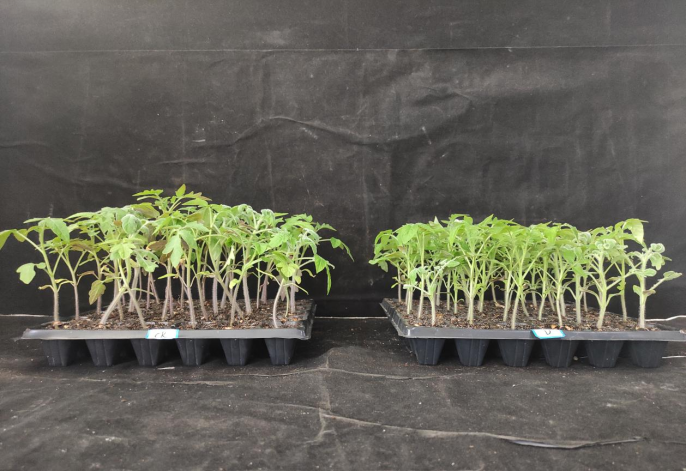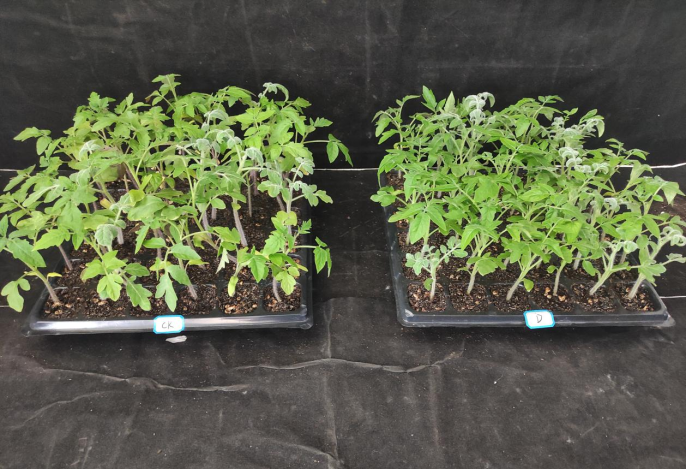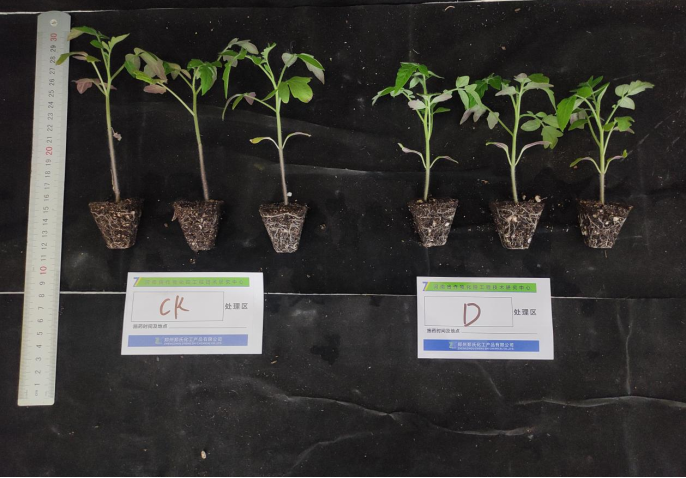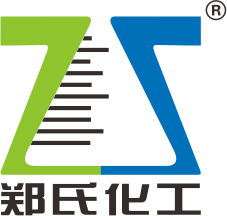Experiment on Effect of Prohexadione Calcium Control Tomato Seedling Tray
Time:
2022-10-31
High tomato seedlings showed slender stems, yellow leaves, weak roots, poor resistance. Excessive nitrogen fertilizer, seedling density, seedbed moisture, high night temperature, long time low temperature and lack of light will cause High seedlings. Once high seedlings are formed during tomato seedling raising, there will be problems such as slow seedling growth, leaf yellowing, and plant bending, easy to be broken by wind and lodging after transplanting. Due to weak resistance, High seedlings are prone to Insect pest and diseases, their later growth, flowering, results are affected. Therefore, it is very important to strengthen the management of seedling bed, reduce high seedlings and cultivate strong seedlings, which is important to increasing yield and income.
It is difficult to achieve the desired effect if only use physical method to control the seedlings. In production, chemical agents are often used to control the seedlings to strengthen the seedlings and save labor. ZS-CHEM launched a new type of control agent- prohexadione calcium. Compared with other control agents, the efficacy of this agent is mild and better for seedling bed control.
In order to verify the effect of the agent in tomato seedling tray control, we conducted a related test in Henan Crop Chemical Control Technology Research Center.
Experiment on effect of prohexadione calcium control tomato seedling tray
Test time and place: October 22, 2021, Henan Crop Chemical Control Engineering Technology Research Center
Crop variety: tomato
Test product: 15 % Prohexadione Calcium
Test method: Tomato was irrigated with sowing water once, and 36 plants were randomly selected for each treatment. The hypocotyl length was measured and the difference was analyzed.
Test result: Prohexadione Calcium scheme could significantly reduce the length of tomato hypocotyl, plant height, improve plant chlorophyll content ; after 45 days of treatment, the hypocotyl length of the Prohexadione Calcium scheme was 2.28 cm, the control was 4.21 cm, and the hypocotyl was reduced by 1.93 cm ; the plant height of Prohexadione Calcium scheme was 7.68 cm, the control was 9.68 cm, and the plant height was reduced by 2 cm. SPAD value of the scheme was 33.39, and that of the control was 29.43, increased by 4 points. Plants grow normally, are in line with transplanting requirements.
Table 1 Effects of different treatments on hypocotyl, plant height and SPAD of Tomato
|
Treatments |
Hypocotyl length(cm) |
plant height(cm) |
SPAD(chlorophyll content) |
|
ZS-CHEM scheme |
2.28±0.13 b |
7.68±0.47 b |
33.39±0.36 a |
|
Control |
4.21±0.15 a |
9.68±0.56 a |
29.43±1.74 b |



FIG.1 2 3 Effect of controlling vigorous green leaves 45 days after use (left control, right treatment)
It is necessary to pay attention to the period and dosage for tomato control. We suggest that cucumber should be diluted 3000-5000 times with Prohexadione Calcium, it means 30-50mg/L. and irrigated 0.8-1L per hole after sowing, which can significantly inhibit hypocotyl elongation, reduce plant height and increase leaf chlorophyll content. We suggest that different varieties in different regions should be tested in small areas before being popularized.



